System Safety Damage & Injury Assessment & Mitigation (DIAM)
Course Description
This course is intended to provide managers and system safety analysis reviewers with an overall understanding of hazard analysis methods.
Hazard analysis requires a clear understanding of sources of harm (hazards) inherent to a system. The analysis should identify the energy sources within the system, their potential for harm, and the measures that can be used to reduce or eliminate such harm. In this course, discussions are focused on underlying physical, chemical, and biological characteristics and effects and hazard control strategies.
The following hazards are specifically addressed: electrical hazards, electrostatic discharge, toxicity, kinetic hazards, ionizing and non-ionizing radiation, thermal hazards, noise, fire and explosion, high pressure, etc. We will introduce sophisticated mathematical models and methods that have been developed to estimate the level of impact of various hazardous conditions. Specifically we will discuss methods for estimating the impact of fire and explosion, debris distribution from an explosion, and the release of hazardous substances.
Objectives: To provide an overall understanding of the methods and models used to estimate the damage and/or injury from specific hazards or hazardous conditions and options from mitigating such hazards.
Who Should Attend: Individuals who desire to gain a broad perspective of system safety hazard analysis for performance and/or review.
Course
DIAM 26-2 (hybrid)
Dates
23-27 Mar 2026
Course Outline
- Overview of Hazards
- Specific discussions on each hazard type that includes:
- Physical properties
- Chemical properties
- Biological impact
- Barriers that can limit the level of harm
- The following hazard types will be addressed:
- Fire and explosion
- Blast waves in air
- Debris field caused by a vessel explosion in the air
- Electrical hazards
- Electrostatic discharge
- Kinetic energy hazards
- Ionizing and Non-ionizing radiation hazards
- Thermal hazards
- Noise levels
- High pressure
Prerequisite: Attendees should have an engineering or hard science background.
CEU: 3.2
Course Duration: 4.5 Days
Tuition: $3,300 (July 2025 - June 2026)
This program is open to all eligible individuals. The Aviation Safety and Security Program operates all of its programs and activities consistent with the University’s Notice of Non-Discrimination. Eligibility is not determined based on race, sex, ethnicity, sexual orientation, or any other prohibited factor.

